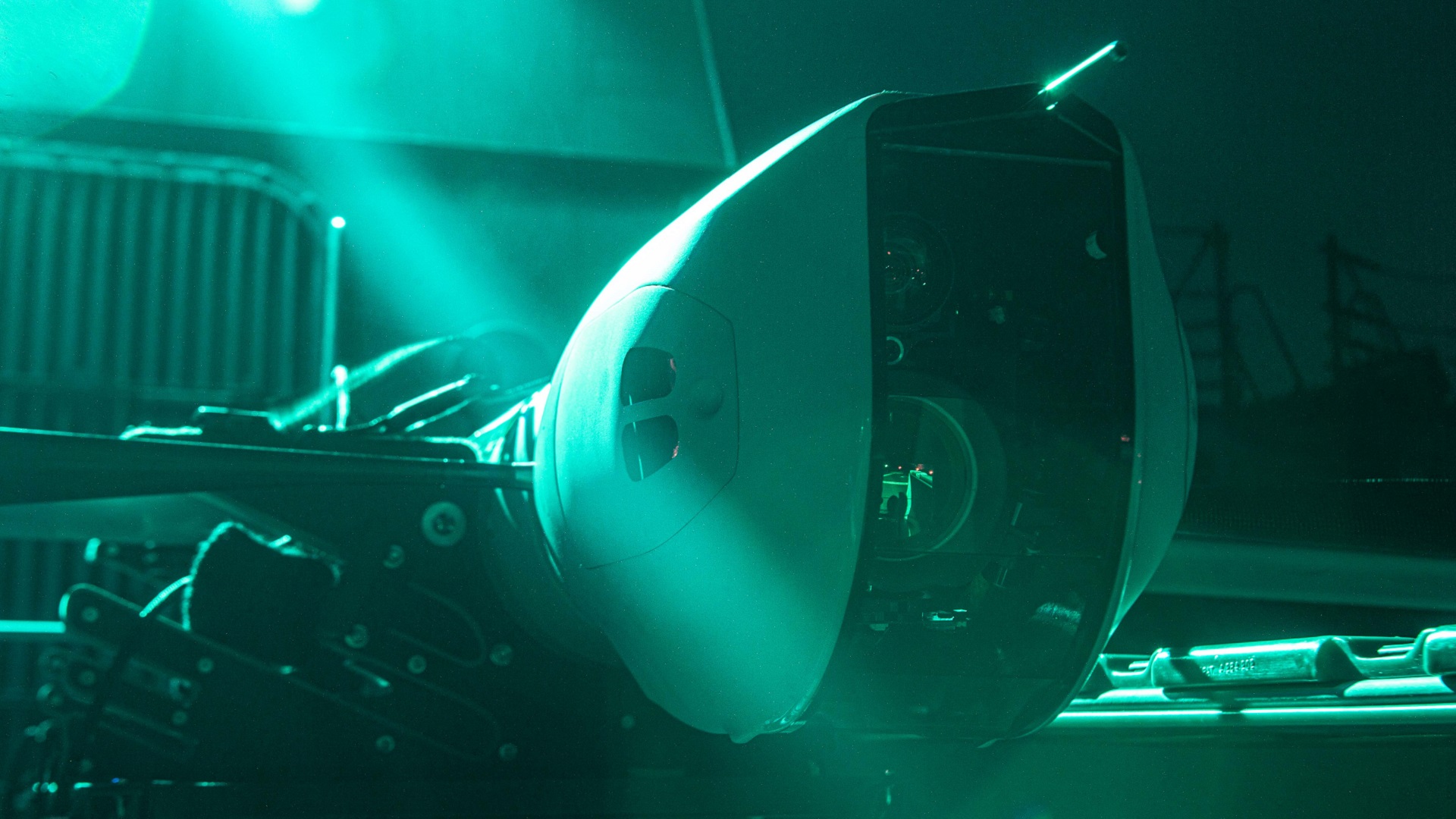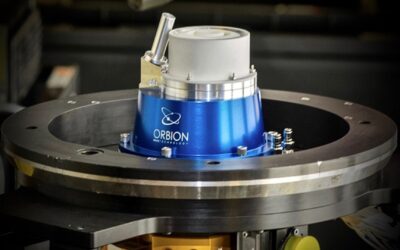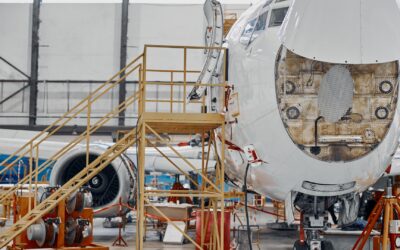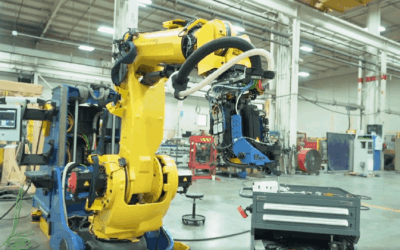While humankind certainly has an innate talent for imagining and bringing complex ideas to life, there are challenges. As we seek to explore places that were never intended for people to visit, traditional engineering only goes so far. It necessitates a degree of creativity and optimization beyond what traditional means are capable of. Something that generative design and additive manufacturing can bring to the table. This article will explore what each of the two technologies has to offer and how they’re being used in tandem to propel industries to new frontiers.
What Is Generative Design?
Generative design is a form of computer-aided design that uses algorithms to create optimal solutions based on given parameters and constraints. It combines engineering, mathematics, artificial intelligence, and computer simulations to produce innovative designs that meet specific performance requirements without significant manual design effort. It has been used in a variety of industries, such as aerospace, automotive, and consumer products manufacturing.
Generative design can be used to create complex shapes, structures, and materials that would otherwise be impossible with traditional CAD (Computer-Aided Design) tools. It can also help designers explore a broad range of options and quickly produce designs based on various criteria. This allows for design optimization in terms of both cost and performance, leading to more efficient use of resources.
What Is Additive Manufacturing?
Additive manufacturing, also known as 3D printing, is a process of creating three-dimensional parts from a digital file. It involves the use of specialized equipment to deposit layers of material such as plastic or metal one at a time in order to fabricate a physical object.
This technology has been around for some time, but in recent years it has become increasingly popular due to advances in the hardware and software used to create objects from 3D models. The process is significantly more efficient than traditional subtractive manufacturing techniques, such as machining, and offers a greater degree of customization.
Additive manufacturing can be used to create complex shapes with intricate details that are difficult or impossible to achieve using traditional methods. The benefits of additive manufacturing include faster turnaround times, cost savings due to fewer materials used in production, and the ability to create parts with complex geometry. It also allows reducing the number of components and the dimensional envelope,which can be beneficial when creating components for aircraft and medical devices.
Generative Design in Action
Many industries are beginning to experiment with 3D printing and AI technologies, however, the areospace industry is particularly well-suited to what generative design and additive manufacturing can offer, being subject to changing conditions, quickly advancing technologies, and increasing global reliance. Below, we explore a few of the biggest benefits.
Greener Aircraft
The climate crisis is a relevant issue for every person and business on the planet, but especially for those who have the greatest impact on its progression. Aerospace has long been an area of focus as world leaders strive to regulate high-emissions activities and keep greenhouse gas levels to a minimum. Yet at the same time, there’s no denying the fact that humanity will need planes, rockets, and other aircraft to thrive in the years to come. Capitalizing upon and globalizing markets for a population of over eight billion requires a great deal of air travel and related services.
Generative design’s ability to create concepts in line with specific constraints makes it an ideal tool for designers and engineers looking to create aircraft that can meet tough emission goals without sacrificing performance. Additive manufacturing technology brings these innovative designs to life — It’s already being used to reduce weight, increase range, and strengthen structures on small UAVs. It will soon be used to decrease emissions on larger aircrafts as larger 3D printers and qualified materials become available.
Faster, Less Wasteful Designs
Generative design allows engineers to ideate and test new concepts quickly, and at scale. It can also produce designs that are more efficient than traditional hand-drawn solutions, resulting in less material waste and shorter lead times.
Production timelines can be further cut with the help of additive manufacturing, which has already become a popular practice in the aerospace industry and beyond. Crafting parts, molds, and prototypes layer-by-layer, 3D printers can construct complex geometry not feasible with traditional means. Complex lattices, conformal cooling channels, and intricate geometries are now possible with additive technology.
Better Performance
While rocket science certainly calls for technical precision and know-how, there’s one rule to it that practically anyone can understand: less weight = more range and payload. With generative design, engineers are able to reduce the weight of aircraft and spacecraft components while still maintaining rigidity and strength. This in turn allows for better performance as aerospace vehicles move faster and use less fuel. This is of particular interest to commercial airlines that are looking for ways to reduce operational costs and increase customer satisfaction.
For example, aviation giant Airbus recently partnered with CAD maker Autodesk to design and manufacture 3D printed casting molds for a generatively designed plane partition that was otherwise too difficult to make through traditional methods. The prototype’s generative design reduced the weight of the frame by 45%, and when cast with alloy, came out just as strong as its predecessors.
Safety Improvements
Lightweight and strong components don’t just benefit aircraft performance — They’re also critical aspects of safety. Both passengers and cargo need to be securely held in place during flight and other aerospace operations, but bulky fixtures can create drag and reduce efficiency. With generative design, engineers are able to develop components that are strong enough for the task while also reducing weight wherever possible.
Generative design and additive manufacturing are helping engineers create more efficient and sustainable options around the globe. With these tools in hand, it’s no longer a question of what’s possible — but how far engineers can push the boundaries of what we think is possible.
Sign up today for a free Essential Membership to Automation Alley to keep your finger on the pulse of digital transformation in Michigan and beyond.
Automation Alley is a nonprofit technology business association and Digital Transformation Insight Center focused on driving the growth and success of businesses in Michigan and beyond through innovation and automation. With a global outlook and a regional focus, we foster a vibrant community of innovators, entrepreneurs, and business leaders through opportunities for collaboration and learning. Our programs and services help businesses develop the skills and expertise needed to effectively jumpstart or accelerate digital transformation. By bringing together industry, academia, and government, we aim to create a dynamic ecosystem that drives innovation and growth across Michigan.




